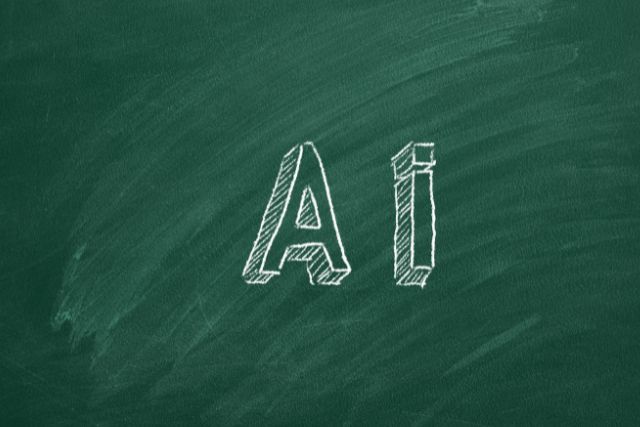
ChatGPT is here to revolutionize the education – but how?
ChatGPT (g=generative, p=pre-trained, t=transformer) is an artificial intelligence (AI) chatbot designed to generate human-like responses to virtually any question. Released in November 2022 by the research lab and development company OpenAI, this powerful tool can, in just a few seconds, provide answers to an astounding variety of questions, write essays and poems, or summarize a book…it can even write computer code!
Only a few days after its release, ChatGPT has become a hot topic all over the world! There is no denying that this type of development is a game-changer that can shake up the world as we know it. While some are concerned about the impact that AI tools may have on their work, others are excited about the possibilities that open up.
One of the main concerns that are widely being discussed is the impact of ChatGPT on the education sector. Is ChatGPT a helpful tool for students and teachers? Or it is a cheating mechanism that impacts negatively the education process?
As some schools across the globe are placing limitations on AI use, Micra Murati, Chief Technology Officer at OpenAI, said, in an interview with Time magazine, that ChatGPT “has the potential to really revolutionize the way we learn,” especially in settings where not everyone has the same learning path or abilities. Micra Murati highlighted that “with tools like ChatGPT you can endlessly converse with a model to understand a concept in a way that is catered to your level of understanding”. “It has immense potential to help us with personalized education,” she stated.
Sam Altman, CEO at OpenAI, in an interview with StictlyVC, stated that he considers ChatGPT a more engaging way to learn, and encouraged schools to adapt to this new technology.
So how can we make sure that ChatGPT serves as a positive tool for education? More than ever, it is important that MoE, school administrators, and teachers keep on upgrading the education system and prepare their students to embrace technological tools responsibly.
We have prepared some suggestions on how ChatGPT can be used in the classroom:
- Generate discussion questions: discussion is one of the most powerful teaching tools in any classroom. You can ask your students to develop an argument and then ask ChatGPT to refute the idea – teaching students how to strengthen the original argument.
- Build vocabulary lists: ChatGPT can help students learn new vocabulary words (especially useful in foreign language classes), generating vocabulary lists and their definitions. Students can add a block of text or ask ChatGPT to create a list of words based on a specific topic.
- Create “fill-in-the-blank” exercises: with ChatGPT you can quickly create “fill-in-the-blank” exercises about a certain topic. You can even let the students ask the chat to prepare exercises for them, thus making the classes more engaging and dynamic. This is a fun and creative way to keep students engaged who may complete work faster than their peers, as a reward.
- Language translation: You and your students can use ChatGPT to translate text into other languages helping to understand the grammar and structure of the language.
- Interactive quizzes: ChatGPT can generate interactive quizzes about certain topics to reinforce student learning. If a student answers incorrectly, ChatGPT will provide the correct answer and develop an explanation.
ChatGPT also allows teachers to simplify their work, giving them more time to follow up with their students:
- Write a lesson plan
- Create learning goals and objectives
- Essay grading
- Personalize study plans
- Develop classroom activities
What about you? Do you have already tried ChatGPT in your classroom?
You can try ChatGPT HERE
